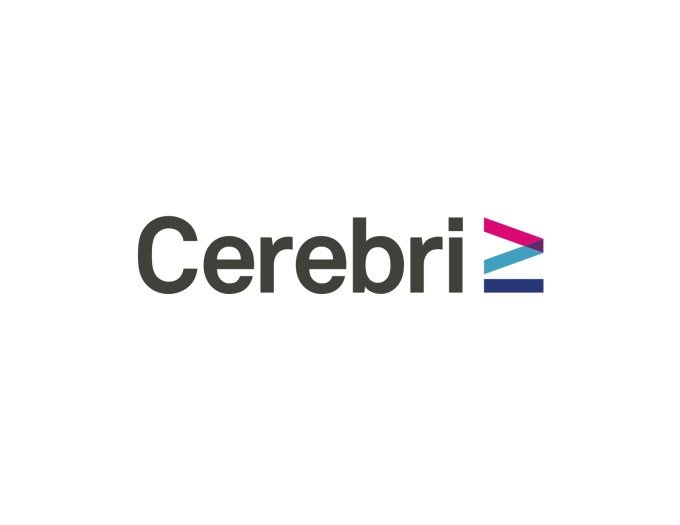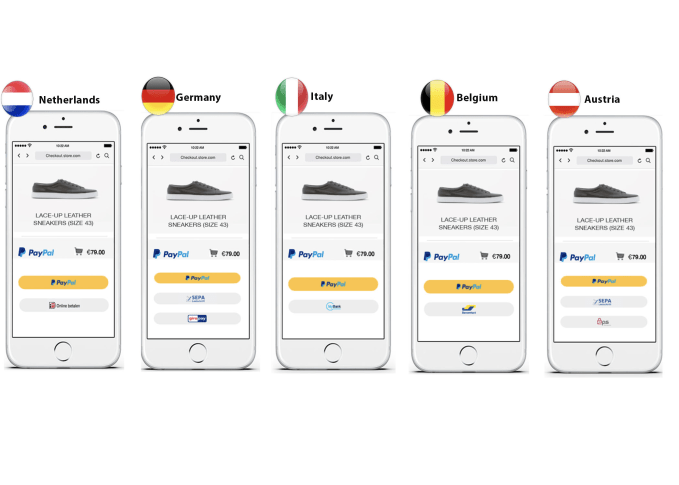For the past twelve years I’ve followed the rise of the startup – defined as a small business with global ambitions – from my perch at TechCrunch. During that period I watched business reporting change from a sleepy backwater on the back of the Sports section into a juggernaut, a force that controls the global conversation. Why? Because business reporting became war reporting and the battles fought were between VCs, businesses, and ideas that changed the world.
In that period, VCs rose from glorified bank tellers to rock stars. Incubators popped up to socialize nervous founders and turn them into capital F Founders and the path for startups became a codified journey from failure to success.
Now we’re seeing the same thing happen in ICOs. But something is wrong. The startups coming out of the ICO craze aren’t being judged on the character of their founders, on their technologies, or their probability for success. They are being judged, quite simply, on quantitative metrics that interrogate a token with one question: “When Lambo?”
This is the wrong approach. Token-based startups must receive the same level of socialization and scrutiny as the old VC-based startup vetting process. But something is different, and it’s an important difference.
In the old VC model a group of men – and it was mostly men for a long time – would stand in judgement over an idea. If any number of arbitrary points of risk appeared they would smile and say “No” to the founder, sending them down the road for another “No.” Unless you were plugged in professionally, went to https://techcrunch.com/2015/05/15/clunk/, or had your own cash, seed to even late stage investment wasn’t available and the resulting https://twitter.com/kteare/status/391689067370278912 of undercapitalization sunk countless startups.
Now, however, something new is afoot. While it’s always nice to look at tokens in comparison with other tokens, this sort of quantitative masturbation can easily hide a multitude of sins. Due diligence on token-based companies must be done, but it must be done through the wisdom of crowds. Instead of trying to impress one dude in a fleece vest and chinos on Sand Hill Road a founder must impress the world. They must tell a true, human story of actual value and explain their product without mumbling and hand waving. And they have to do it again and again.
Cryptocurrencies were supposed to bring us an egalitarian age of decentralized decision-making and a mathematical certainty. But the founders forgot one thing: humans offer no mathematical certainty. Instead of looking at numbers, these startups must be assessed on the basis of their value to humanity, on their technical ability to solve a real problem, and on their understanding of human-to-human interaction. The future isn’t a number. Instead, the future is a many-to-one investigation of a startup and the decision – by the decentralized crowd – whether or not to continue funding.
Again, if your primary driver is greed then by all means check out a chart that compares TRON to TRON. It’s your right. But if your goal is to make startups that will drive us deep into the future, then the old ways are best. A lot of things are about to change.
A few years ago I spoke to Deepak Chopra about his vision for a global voting system. In short, he was working on a way to take the global temperature. If a politician wanted to spend money on a road or, god forbid, go to wore, they could put the question to the crowd via their cellphones. One vote per person, defined by biometric controls. This pie-in-the-sky idea is slowly coming to fruition and I think it’s going to be very exciting. And it will find its perfect home in the future of startup funding.
The age of centralized decision-making in which analytics were used to help make seat-of-the-pants decisions is over. Now we enter a new world and the folks used to the old ways should probably watch out. After all, when the crowd speaks even VCs listen.





 Microsoft’s involvement here is maybe no major surprise, given the company’s interest in machine learning and that the Cerebri platform sits on top of Microsoft Azure.
Microsoft’s involvement here is maybe no major surprise, given the company’s interest in machine learning and that the Cerebri platform sits on top of Microsoft Azure.